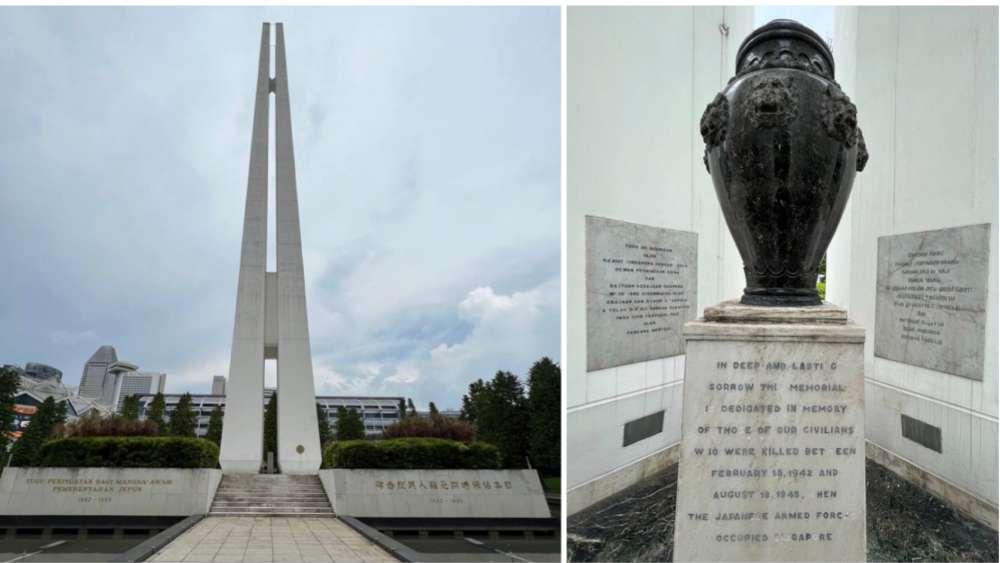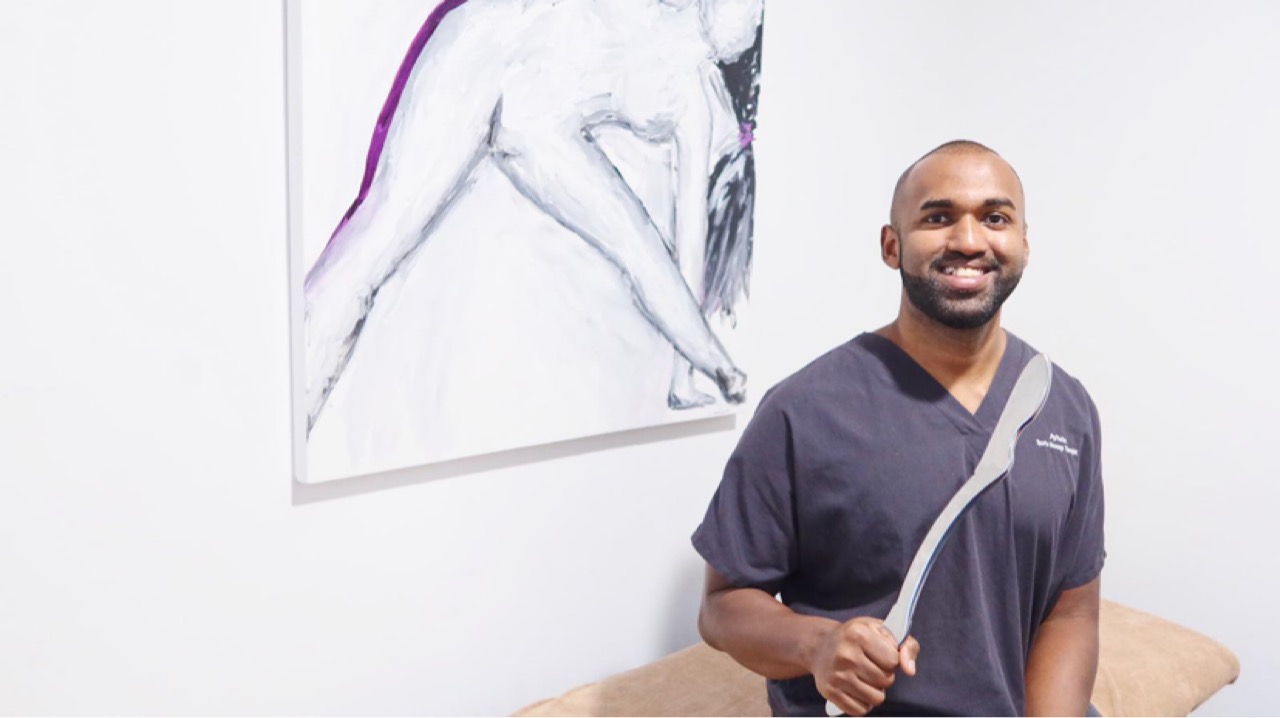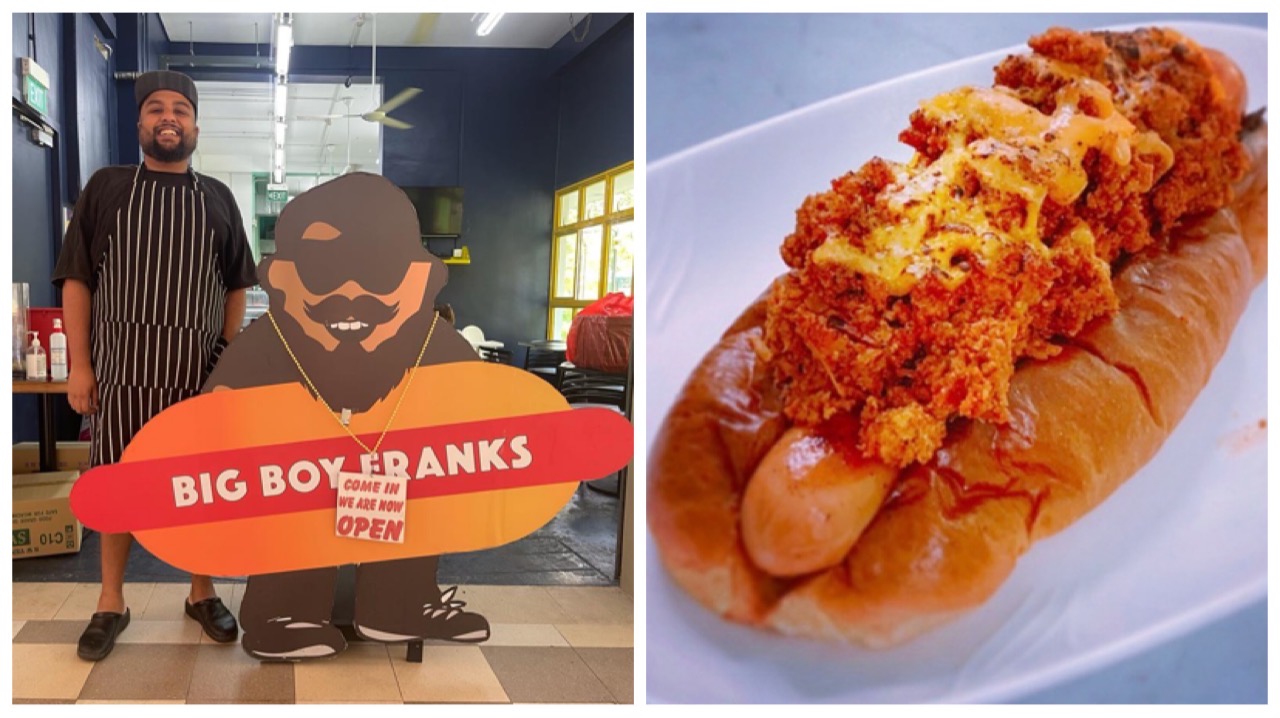Ultimate Fighter: Setback After Setback Didn't Stop This Top Sports Therapist
Aylwin Aaron is the epitome of perseverance. Having come from humble beginnings, the 39-year-old has conquered numerous setbacks in life to become a successful business owner with his own sports therapy service.
Currently the most well-reviewed therapist in Singapore (based on Google Reviews), Aylwin has carved a strong reputation for himself in the local and international sports industry. At Aylwin Sports Therapy, his clientele list includes world-class UFC mixed martial artist Michael "The Menace" Johnson as well as popular One Championship fighters Sam-A Gaiyanghadao and Amir Khan.
Once a promising national youth athlete for track and field, Aylwin's career was cut short due to injuries. He knows all too well the importance of accessibility to sports therapy and recovery and his aim is to prevent other athletes from suffering the same fate as him.
We sat down with the man to talk about his journey and the numerous life lessons he's learnt along the way.
How did your experience as a national youth athlete inspire you to pursue your current profession as a sports therapist?
The training I had was really rigorous. At the time, perhaps I did not take conditioning exercises seriously, and I was not knowledgeable enough in understanding the science behind the sports. After such prolonged rigorous training, my body started to break down and I succumbed to multiple injuries. The injury to my knee ligament hit me the hardest. Due to the injuries, I had to stop competitive running completely.
There was a bit of regret because had I had access to the knowledge of sports recovery, I may very well have had competed for a longer period of time. The lack of knowledge and the failure to actually compete professionally made me pursue a diploma in sports science.
I also began to take sports recovery seriosuly and took the effort to go for sports therapy at least once a month so that I could still run leisurely.
As I grew older, I felt it was my duty to ensure that other professional athletes, or even those leisure weekend warriors, do not suffer the same fate as me. Those experiences running professionally helped me understand how muscles get strained and therefore, I know how to help release the tension in these muscles.
You faced plenty of hardship and challenges in your past. What lessons did you draw from this period in your life and what kept going?
I learnt that failures and setbacks are usually temporary and never permanent. There could be blessings in certain setbacks in life. My injuries eventually led me to become a sports therapist, which eventually allowed me to meet the likes of [professional UFC fighter] Michael Johnson.
I guess the same can be said with my bankruptcy situation because I had to put extra work to repay my debt. That extra work probably helped me become a better professional. I think these setbacks also made me more resilient as a person and I feel like no matter what hits me, I can still find ways around and survive.
Share with us the road that led you to become a sports therapist and what made you bet on yourself to become your own boss and start a business from it?
I actually started out as a client. I went for my monthly sports massage at this place in Revenue House and while getting my massage, I had the tendency to point out the specific areas of my muscle that I knew needed some release.
The boss of the joint, Mr Victor, was impressed that I knew exactly where the trigger points were and because of that, he asked if I wanted to work under him. I was facing financial difficulties at the time and was job-hopping too much. Since the sports industry was something that I was always interested in, I decided to give it a shot.
I had a really good start, thankfully. My first few clients were extremely pleased with my work as I managed to find muscle trigger points. Within weeks, the word-of-mouth spread, particularly in the bodybuilding scene.
My confidence grew, and reviews from my clients helped me realise that this could be a calling for me, and that it could be something I pursued professionally long-term. I was also blessed to meet some clients who were business people themselves, and with their advice and help, I learnt that it was actually viable to run things by myself.
Who are some your biggest clients? What have you learnt from helping them?
One of the biggest clients I ever had was Michael "The Menace" Johnson. I followed UFC very closely, so to have that chance to serve a world-class athlete gave me a lot of confidence that I was doing things right.
What I also learnt was that these professionals are very much like all of us. He was humble and easy-going. He is still in touch with me till today!
My other big clients include Sam-A Gaiyanghadao, Xiong Jing Nan aka "The Panda", and Amir Khan (all MMA fighters) and also national sprinters such as Zubin Muncherji and even Misaki Hoshi who was Miss Japan in 2017.
How important is sports therapy when it comes to the recovery process for an athlete?
There is a common misconception that sports therapy is only needed when you face some form of discomfort, tightness or mobility issues. I hold the view that sports therapy is something needed as regularly as a form of maintenance, particularly if you are actively engaging yourself in sports or other physical activities.
As the old saying goes, "prevention is better than cure". It is better to invest in prevention than having to spend money for recovery and miss out on the sports you love for a long period of time.
If you play sports recreationally, what advice would you give weekend warriors when it comes to avoiding injuries and staying limber?
Never discredit the importance of warming up and cooling down. Warming up increases your body temperature and helps blood flow to your muscles prior to your actual exercise. Just like a car engine, you need to go from gear 1 to gear 3 gradually before you should hit gear 5. Hitting gear 5 immediately is just going to damage your engine (in this case, your muscles).
Also, warming up helps kick-start your cardiovascular system which helps increase blood flow and improve oxygenation in your body which, in turn, helps with recovery. Likewise, cooling down helps you bring down your gears gradually and helps your muscles retract to their steady-state form.
For the latest updates on Wonderwall.sg, be sure to follow us on Facebook and Instagram. If you have a story idea for us, email us at [email protected].











